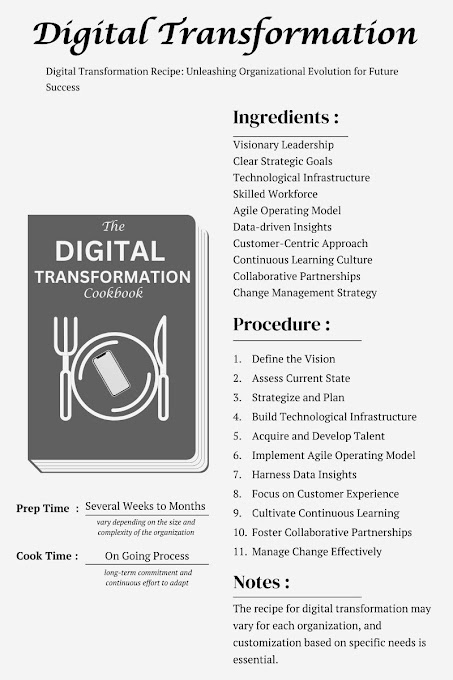The Complete List of Why Companies Are Pursuing Digital Transformation
Leading manufacturers leverage digital transformation to reduce costs, increase productivity, improve customer satisfaction, and achieve compounding growth. While manufacturing may have more obvious opportunities to improve outdated processes, the examples outlined in this article are relevant to all industries.
Digital transformation isn’t just about adopting new technologies. It’s about reimagining business processes and viewing IT as a strategic asset rather than a cost center. Organizations that successfully incorporate digital transformation, as part of their company culture, will create a solid foundation for successful AI initiatives (for example) and will find themselves more agile, resilient, and competitive.
Read the complete article here:
The Complete List of Why Companies Are Pursuing Digital Transformation
For FREE help with your organization’s digital transformation journey and developing a custom strategy specific to YOUR needs simply ask us at FreedomFire Communications.
Labels: CIO, CTO, Digital Transformation, Digital Transformation Strategy



















